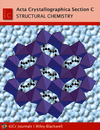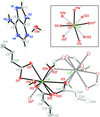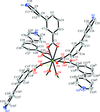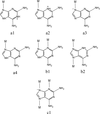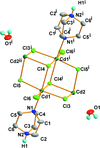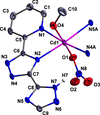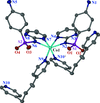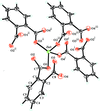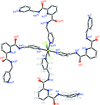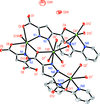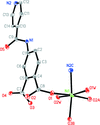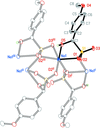issue contents
Coordination polymers (July 2014)
Introduced by Len Barbour
The past two decades have witnessed a veritable explosion of reports detailing the solid-state structures of coordination compounds consisting of conceptually infinite one-dimensional chains, two-dimensional nets and three-dimensional frameworks. The concepts involved are relatively simple; crystalline coordination polymers are most often formed from solutions containing metal ions and bridging ligands. The seemingly unlimited opportunities for preparing novel coordination polymers arise not only from obvious choices that influence structural topology (i.e. bridging ligand geometry and metal ion coordination mode) but also from a range of other factors, some of which can be quite subtle. The collection of articles selected for this virtual issue serves to showcase the amazing diversity of the field. The issue collects together a series of articles originally published in the journal between January 2012 and December 2013.

Cover illustration: A layer of edge-shared Ca pentagonal-bipyramidal polyhedra forming six-membered rings, viewed along the c axis, with succinate ligands shown in ball-and-stick representation. See Mazaj et al. [Acta Cryst. (2012), C68, m4-m6].











































































































































































































































 journal menu
journal menu






